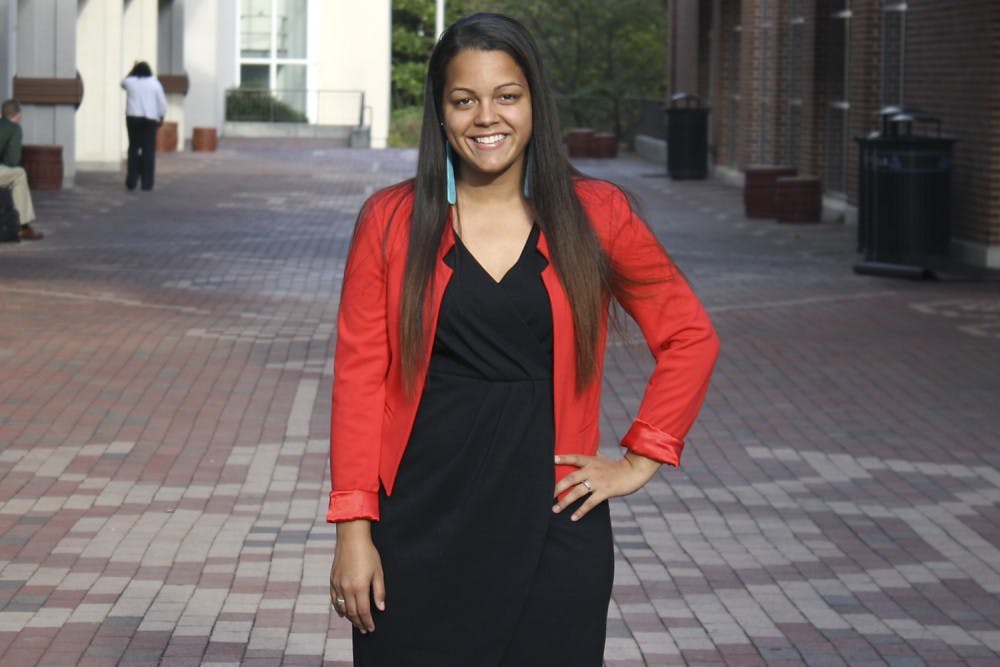That’s exactly what the artist, the Union and Native American students at UNC were hoping for.
“It’s a public acknowledgement of the ground the University sits on,” said Amy Locklear Hertel, director of UNC’s American Indian Center. “It’s all made of land and it’s a nod, an appreciation of the native cultures before we got here, the ones here today and the ones in the future.”
The Gift was installed in 2004 and created by Haliwa-Saponi artist Senora Lync and it continues to expand. In the past month, explanations of the significance of the symbols and seating have been placed outside in order to provide more of an experience to both American Indian students and those who are interested in learning more about native cultures. Megan Johnson, a spokeswoman for the Student Union, said the Union hopes to unveil the final pieces of the project soon.
The acknowledgement comes at a time when, nationally, American Indian college students are reportedly struggling, both in representation and retention.
During the 2014-15 school year, there are only 133 American Indian identified people working, learning or teaching at UNC — a gradual but steady decrease from the 177 Hertel recorded in 2010. Native American or Alaskan Native identified people comprise only 1 percent of the total undergraduate population this year, and less than 1 percent of the graduate and teaching population.
North Carolina has the largest Native American population east of the Mississippi river and the seventh largest Native American tribe populations in America, according to data from the state’s Commission on Indian Affairs. The 2010 U.S. Census reported 122,100 natives in North Carolina.
Marcus Collins, assistant dean at the Center for Student Success and Academic Counseling, said UNC’s retention rate averaged around 80.6 percent for four-year graduates in 2008, while the retention rate for four-year American Indian graduates averaged around 59.4 percent that same year.
While some might find it hard to believe the brickwork portraying two turtles, eagle feathers, ears of corn and other native symbols will affect these academic trends, advocates argue that it’s all about support.



